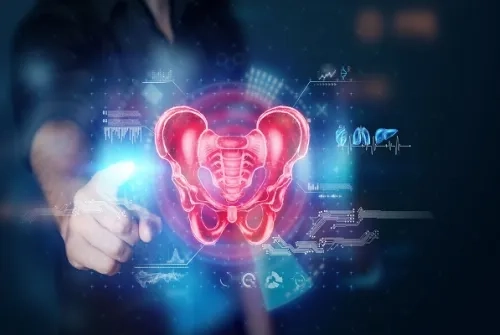Urinary incontinence can be mentioned when a child who is at least 5 years old leaks urine at least once a month and for 3 months in a row. Depending on pelvic floor problems in children, problems such as bladder/bowel dysfunction, overactive bladder, urinary incontinence with sudden urgency, lazy bladder, delayed urination, neurogenic bladder, constipation, and fecal incontinence can be observed.
It is treated with a urotherapy approach when there is no underlying pathological condition determined by various urological tests. Urotherapy includes methods such as patient information, behavioral adjustments, bladder diaries, biofeedback and electrical stimulation, pelvic floor exercises, neuromodulation, and catheterization.
How Are Pelvic Floor Disorders Diagnosed?
At the end of the examination of the patients to be carried out by the gynecology, urology, general surgery, pediatric surgery, and gastroenterology departments, it is necessary to make sure that there is no underlying infection or disease. After examination and tests based on complaints, patients are referred to pelvic floor rehabilitation as a first-line treatment option.
First of all, a detailed history is obtained from the patients and the problems underlying their complaints are tried to be understood. During the evaluations, pelvic floor muscle tests, whether there is sagging in the pelvic organs, and the anatomical positions of the organs are examined. Weakness or overactivity of the pelvic floor muscles is determined. However, it is added to the treatment by taking into account the accompanying orthopedic problems.
Treatment of Pelvic Floor Disorders
What is the General Treatment Approach?
The most important element in the treatment of pelvic floor disorders is patient training. The patient, who is informed about what the pelvic floor is and how the problems occur, participates in the treatment more effectively and actively. These treatments are a process that should be planned individually with a holistic approach. For this purpose, treatments include approaches such as personalized exercise programs, bladder training, biofeedback, electrical stimulation, and lifestyle changes.
How Long Does Pelvic Floor Muscle Training Take?
The rehabilitation process may vary depending on the underlying problem, personal characteristics, and compliance with the treatment. At this point, patients need to increase their awareness of the pelvic floor, continue their exercises regularly, and make it a lifestyle.








